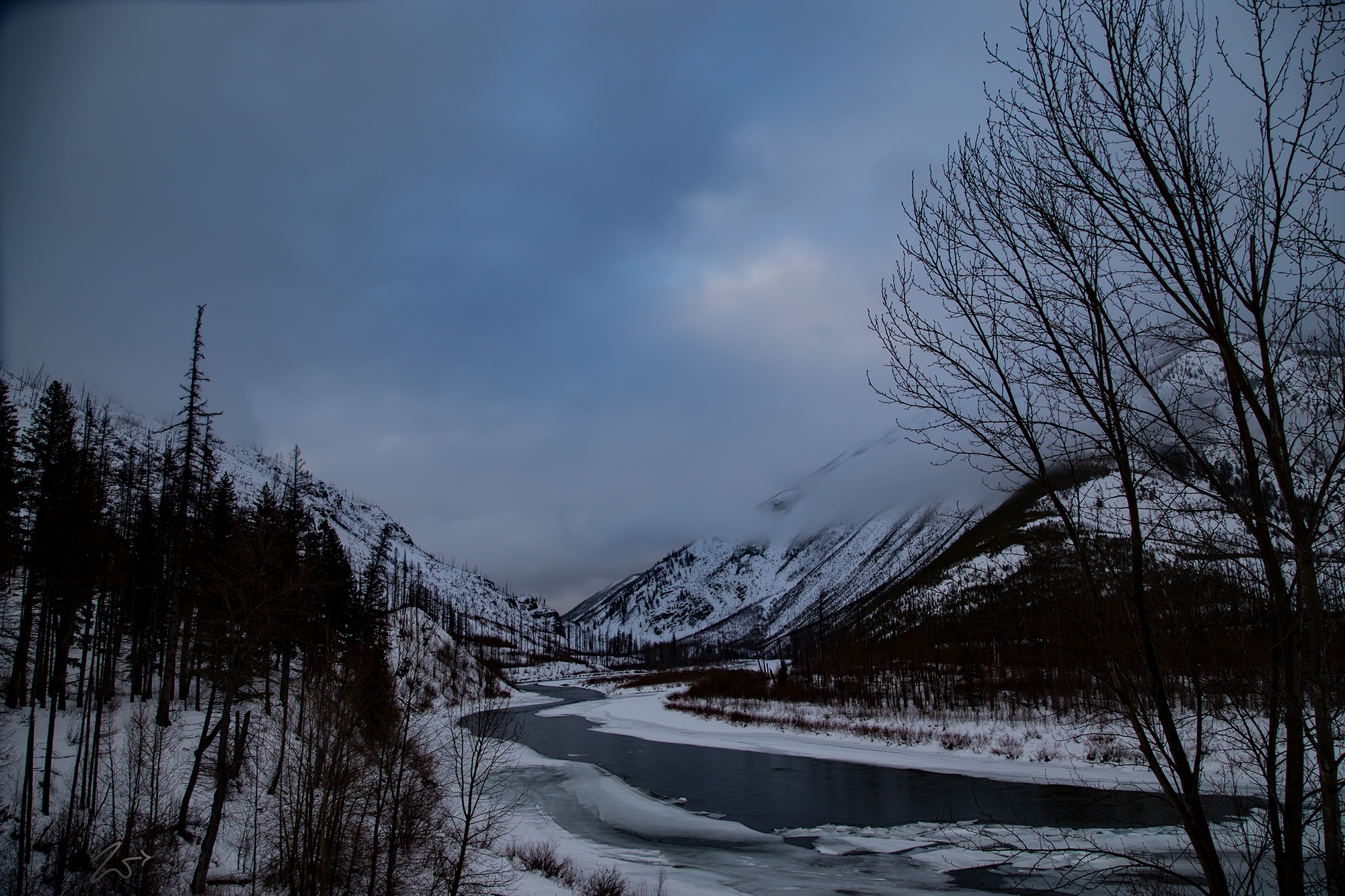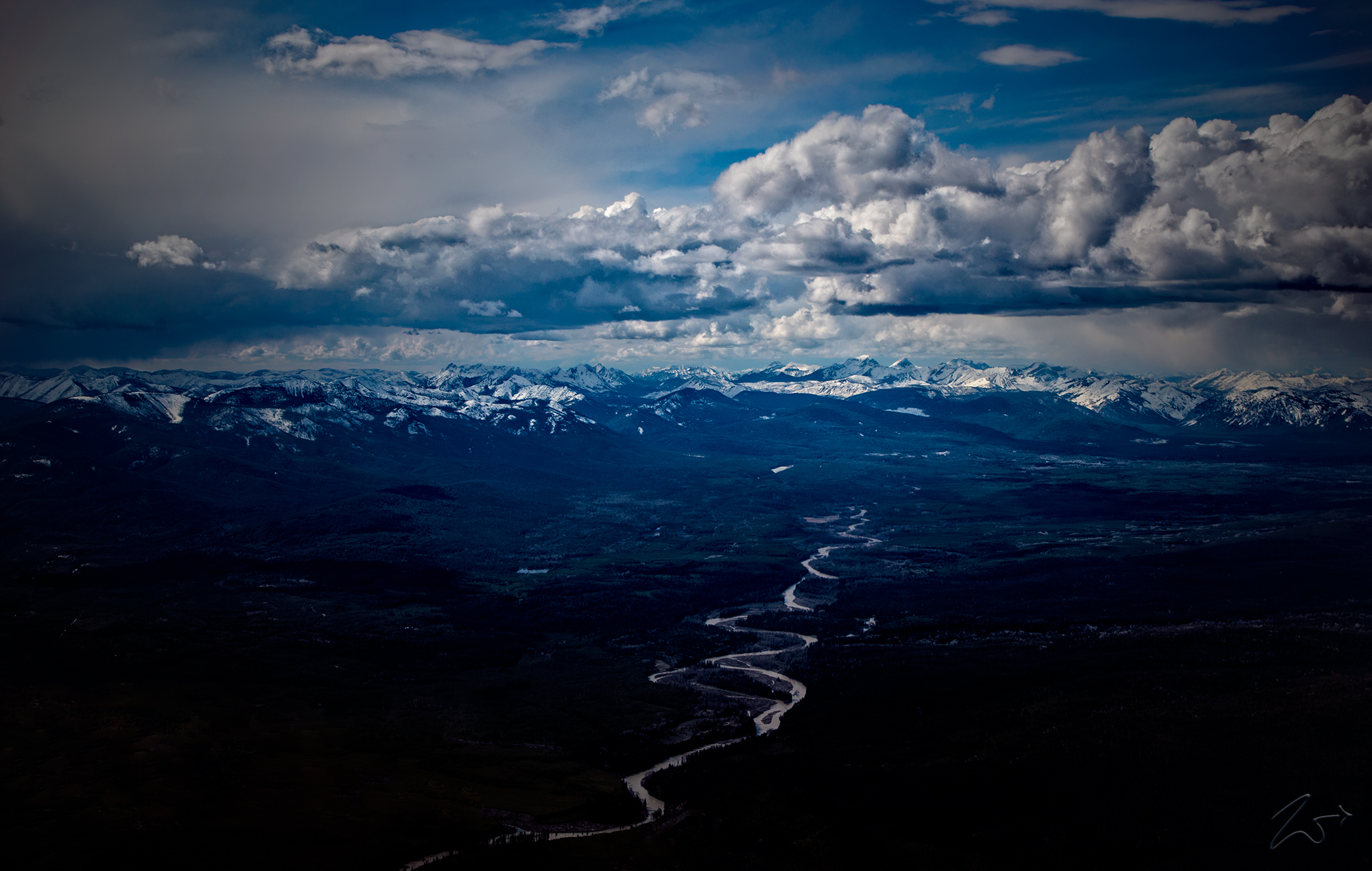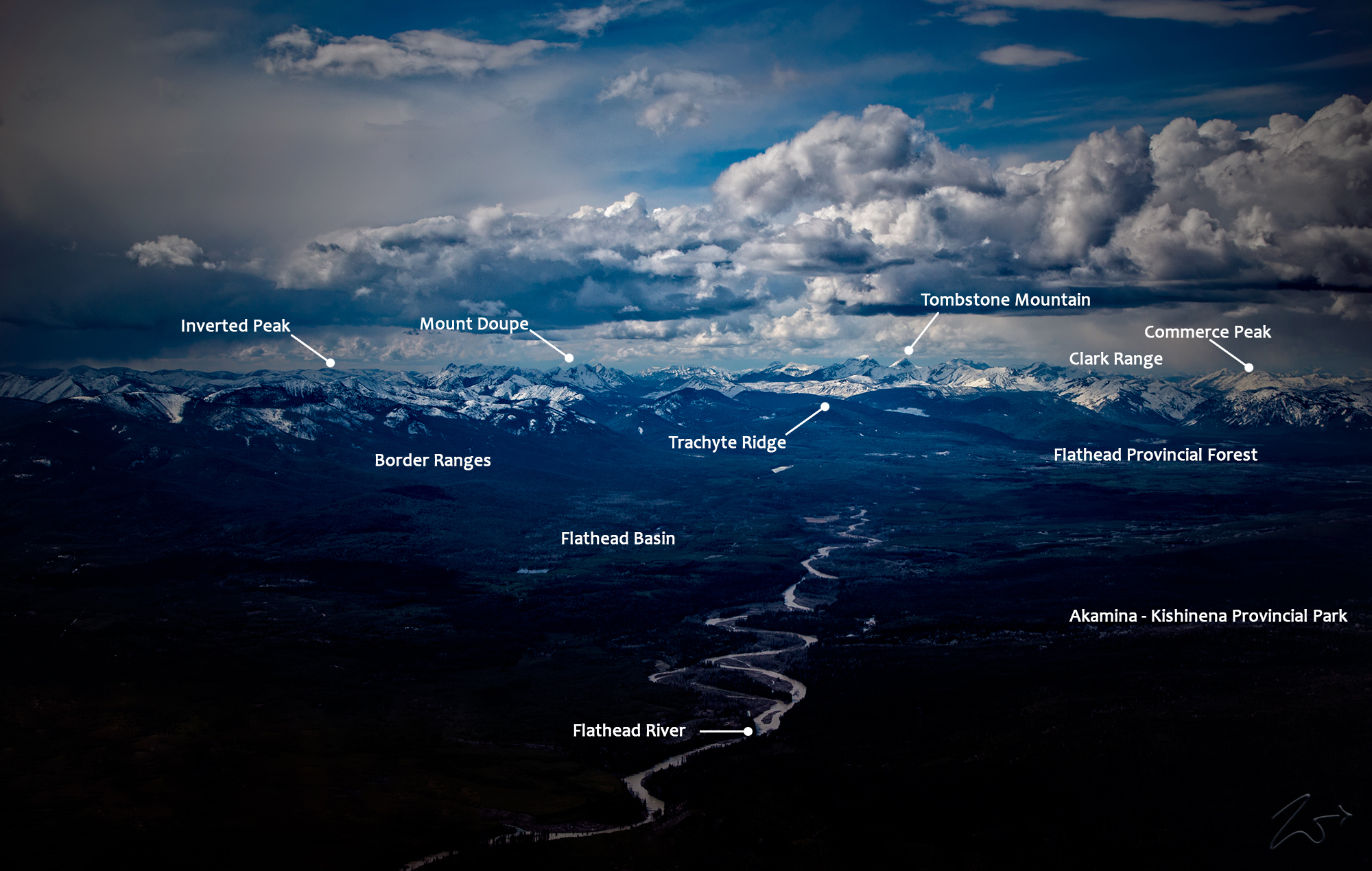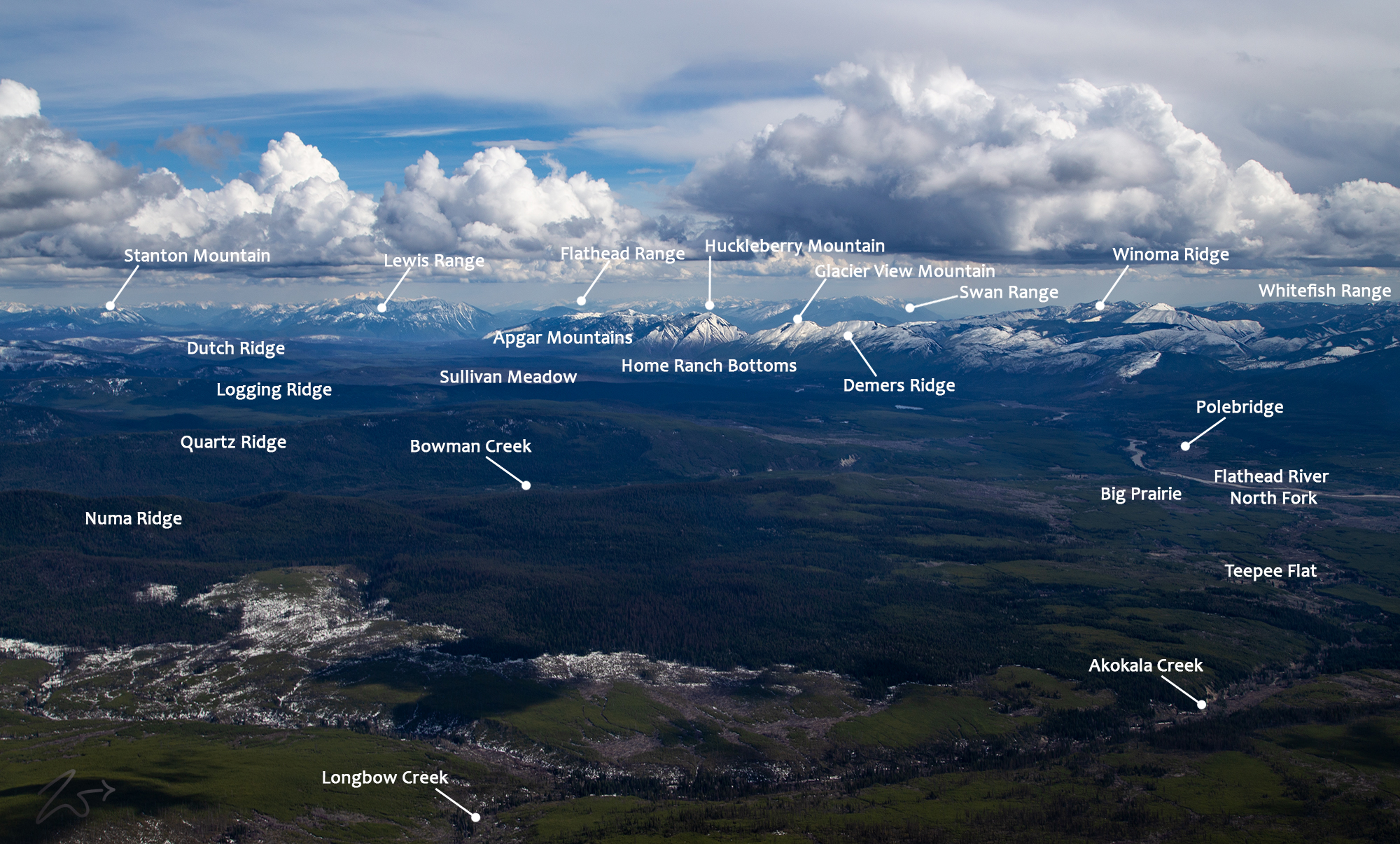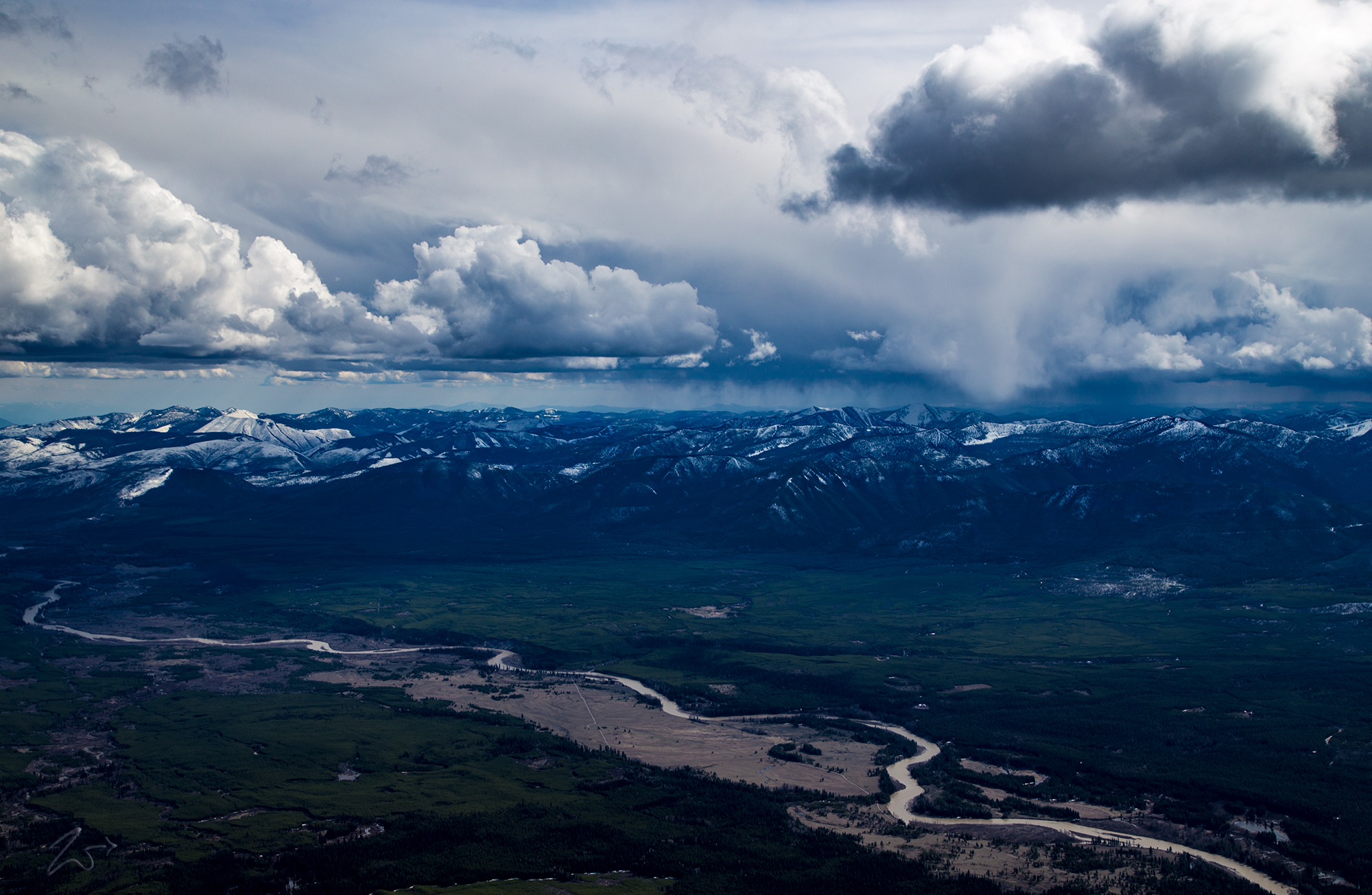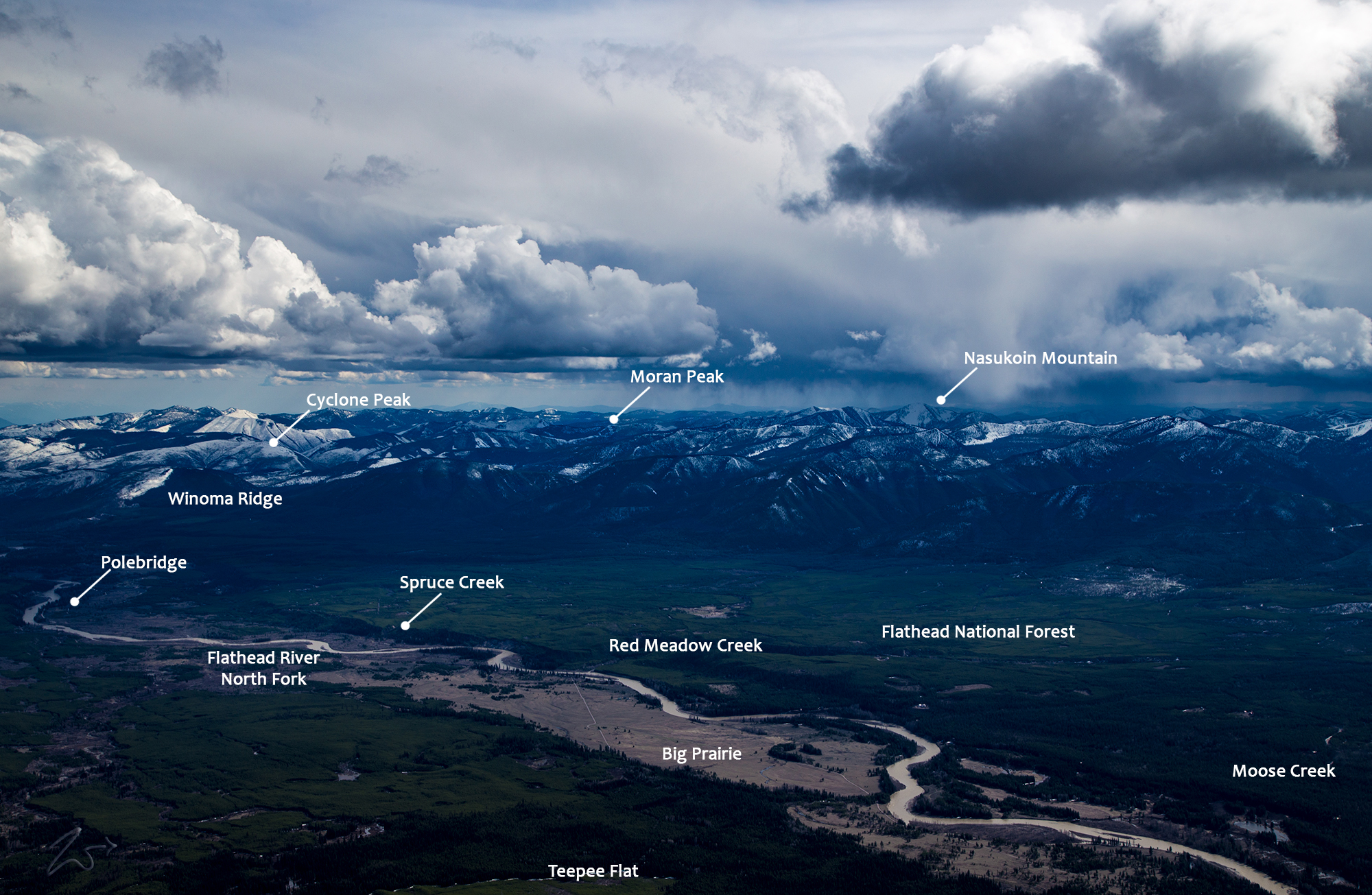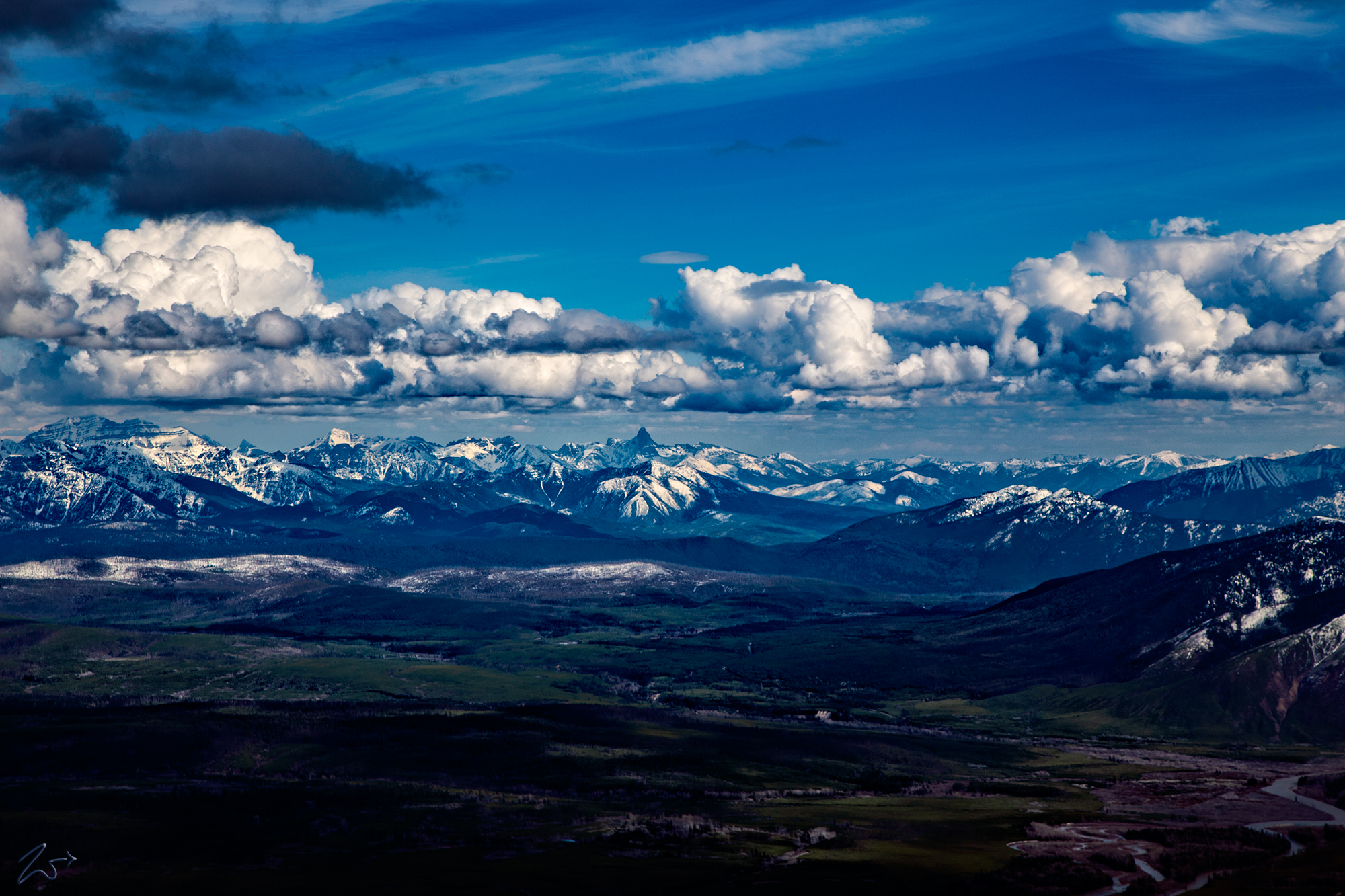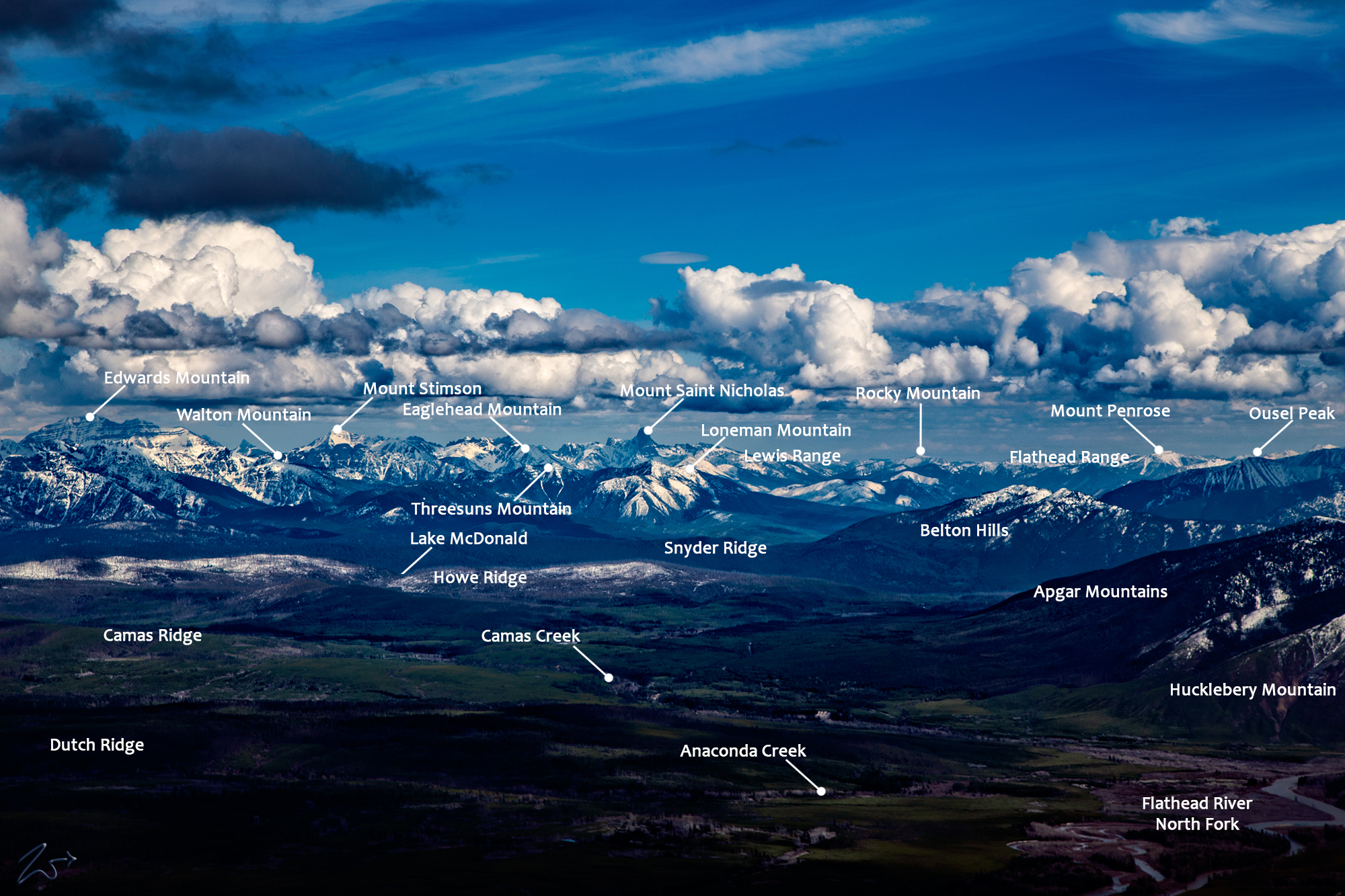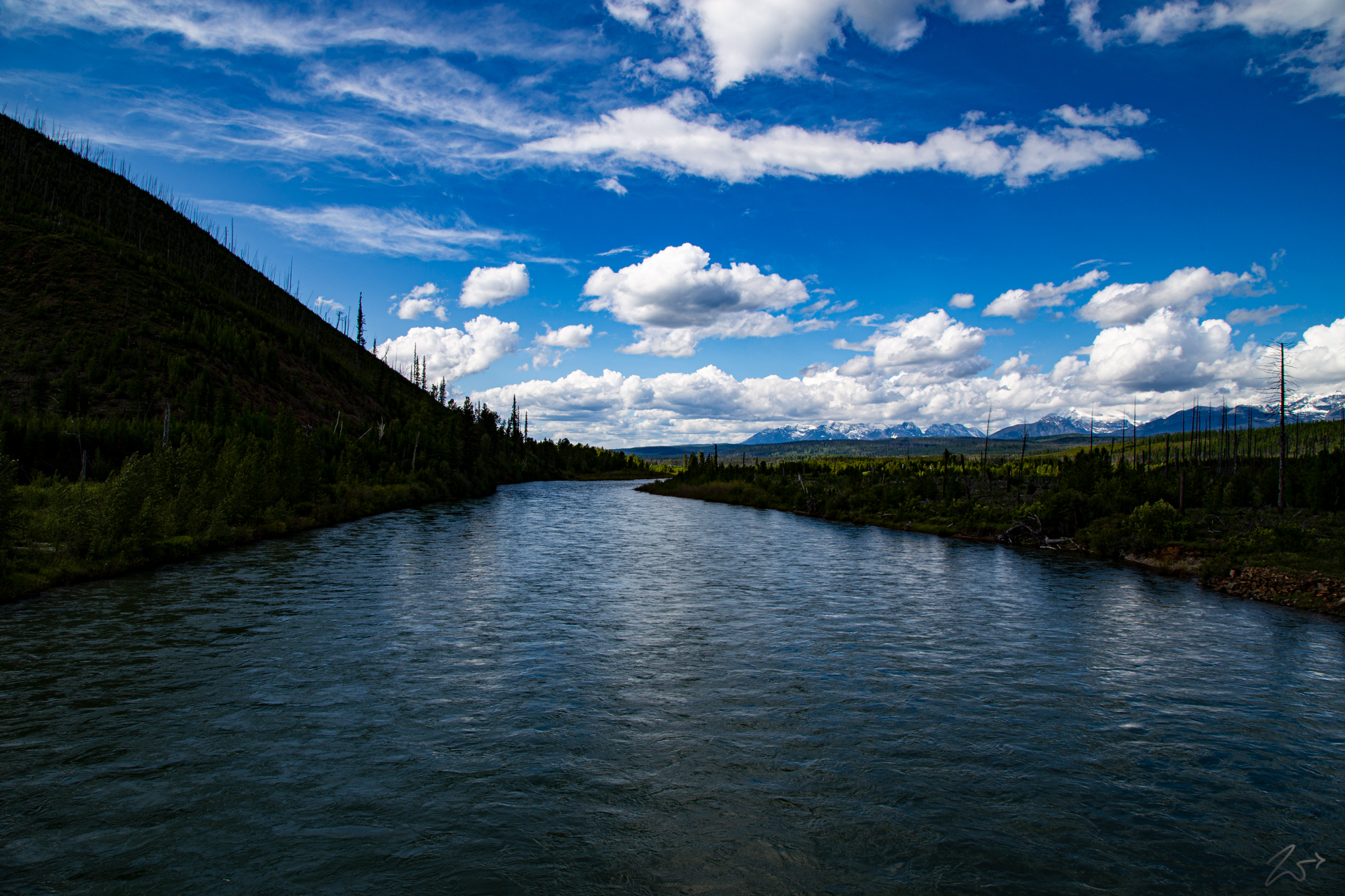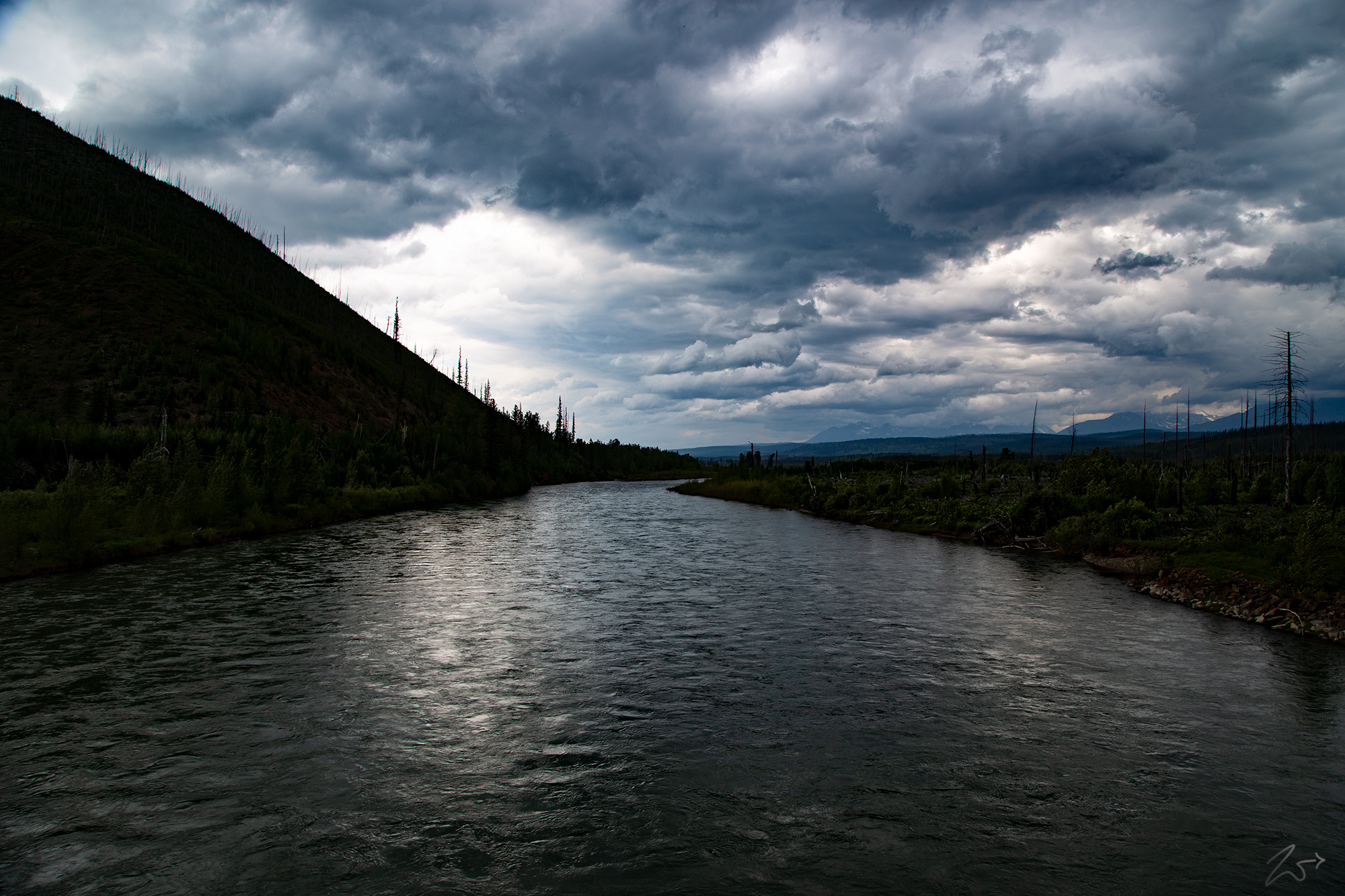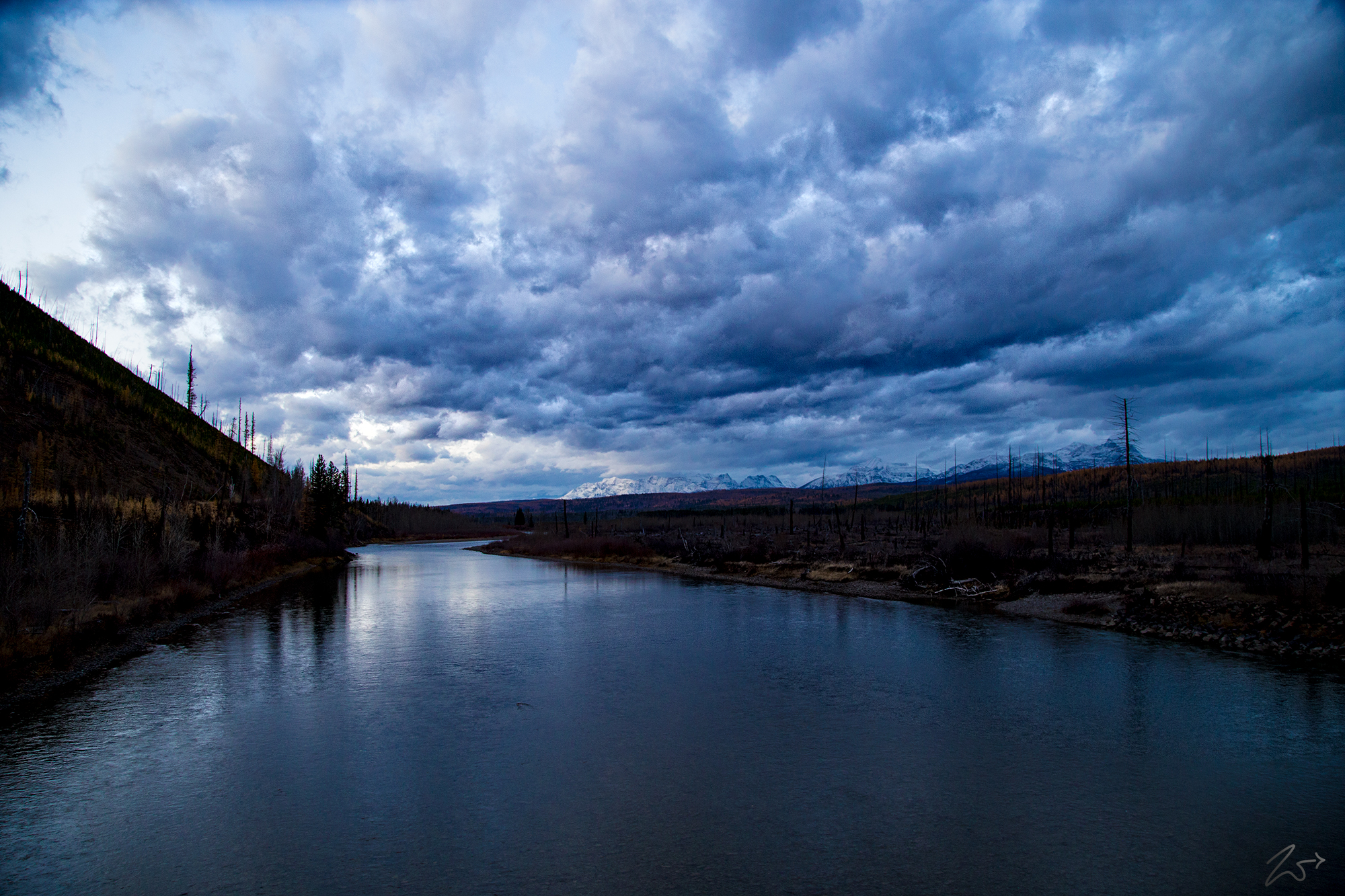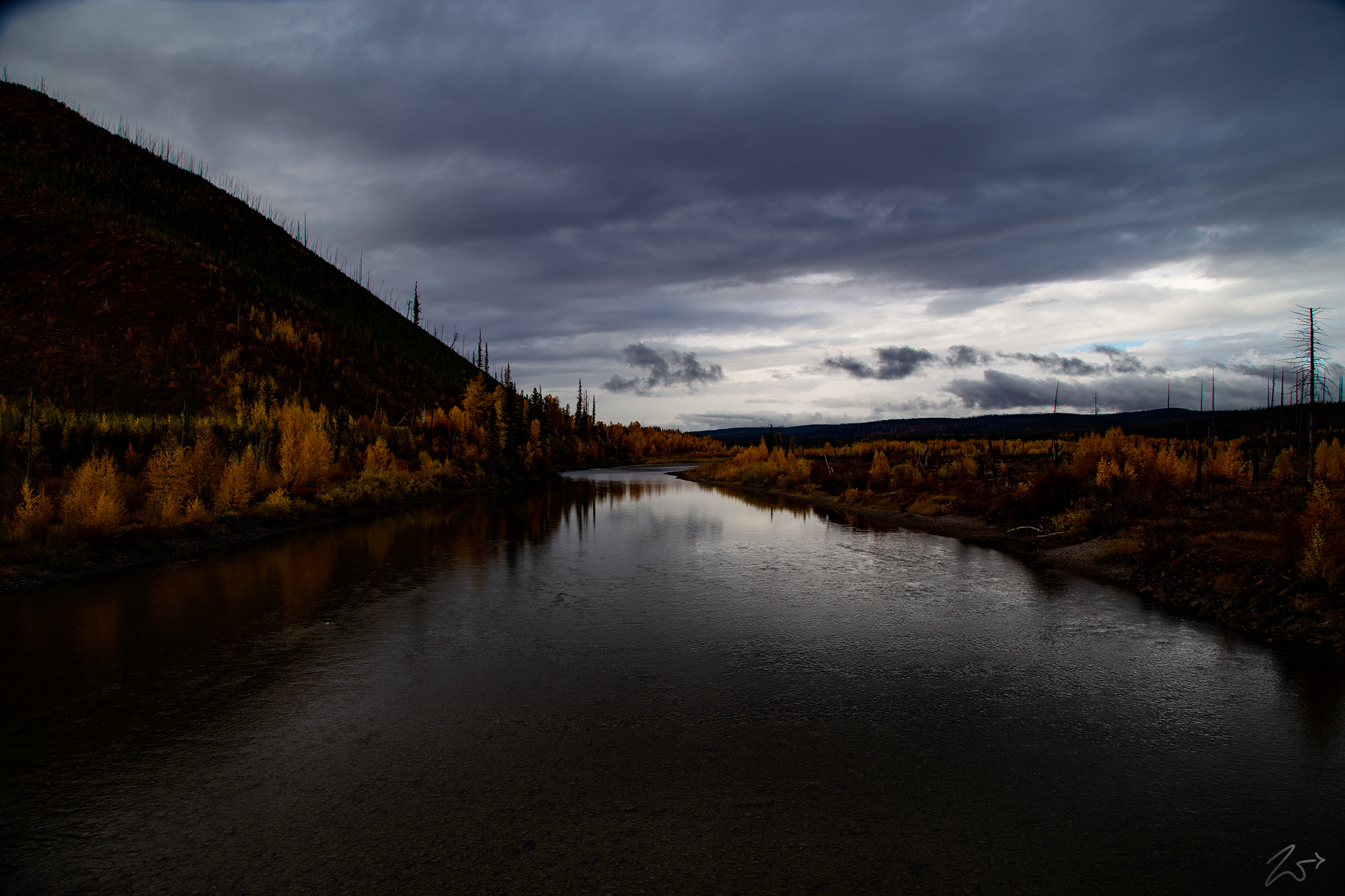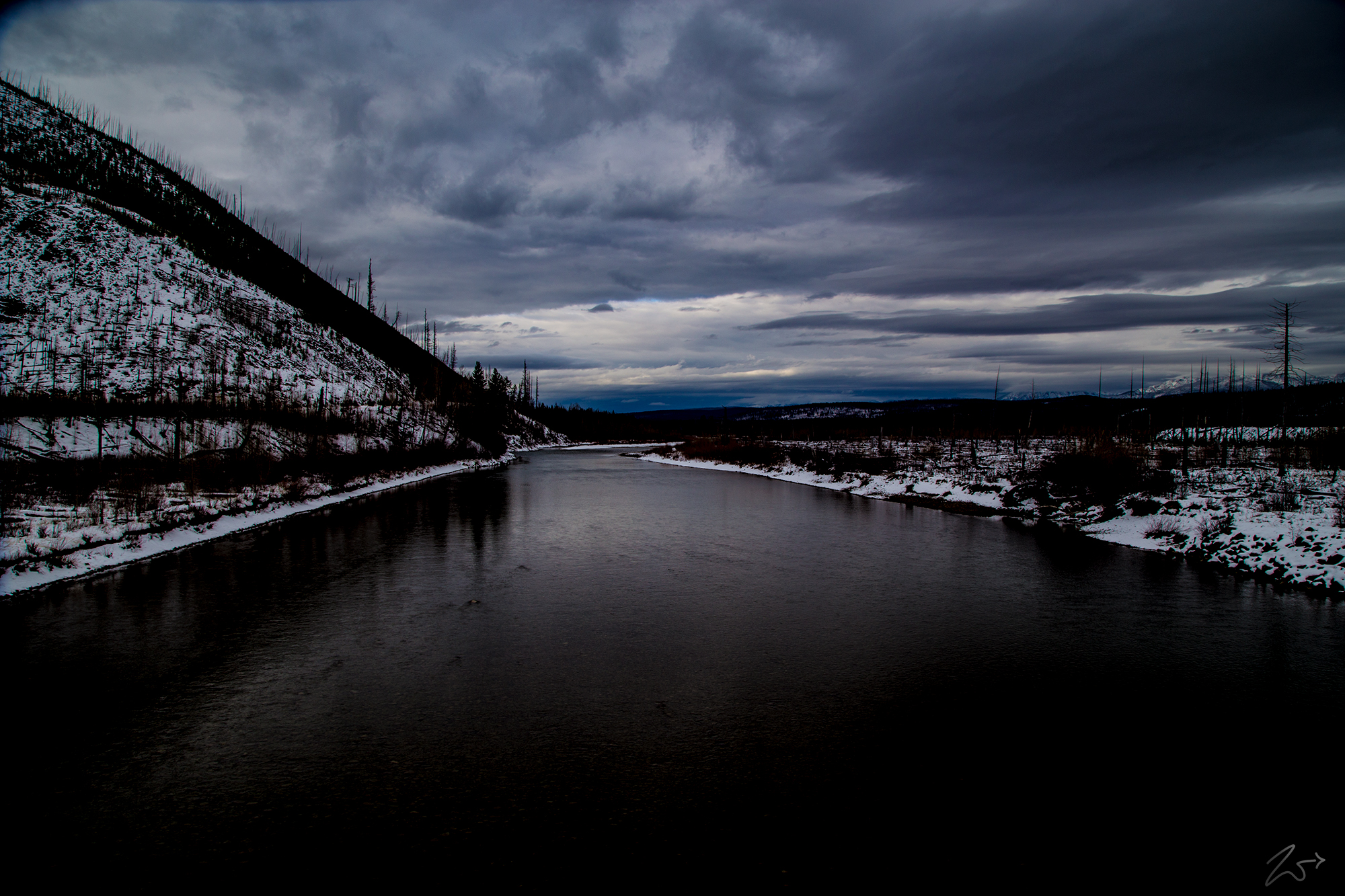~Select arrow for location key~
~Select arrow for location key~
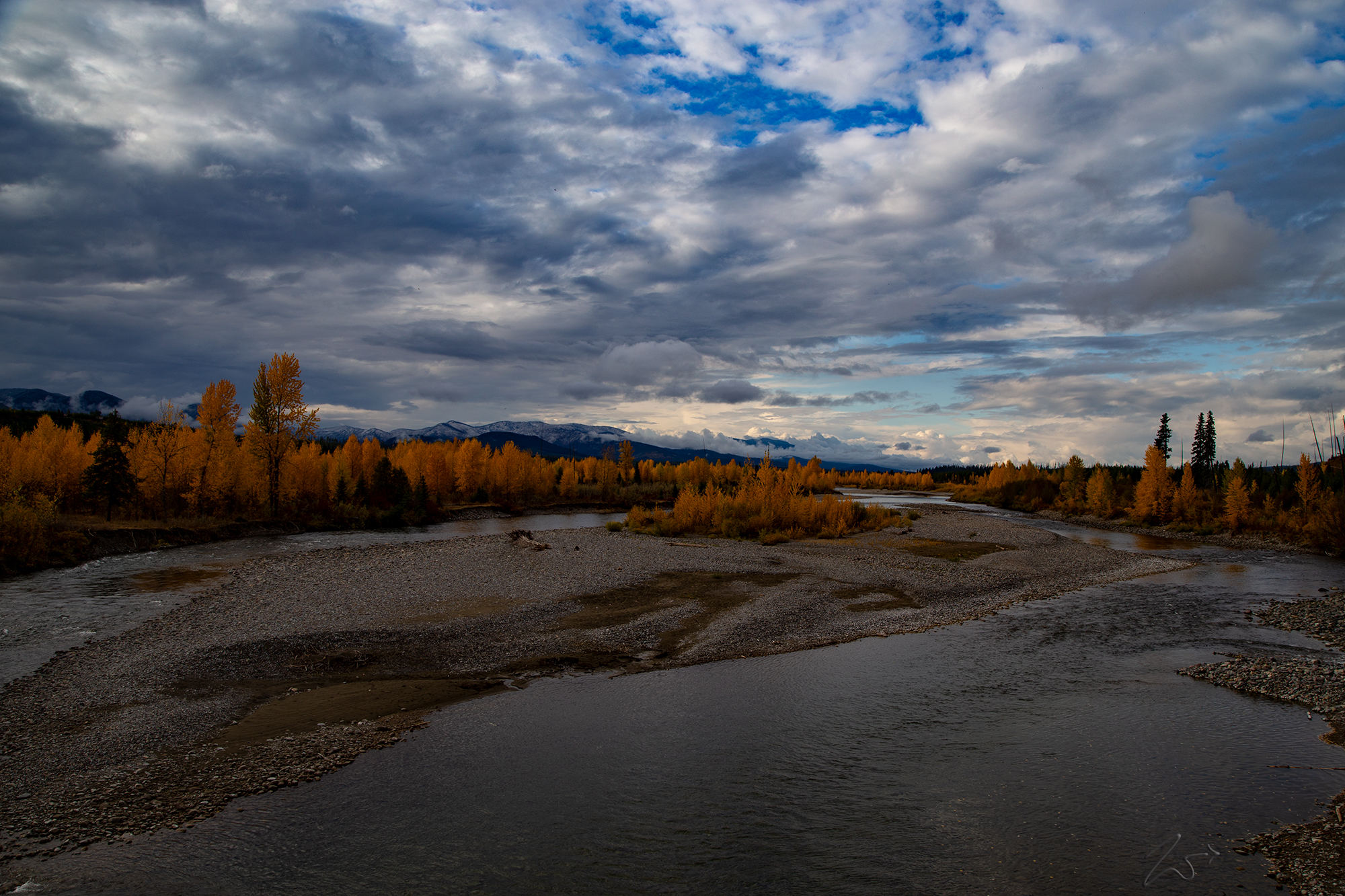
~Select arrow for location key~
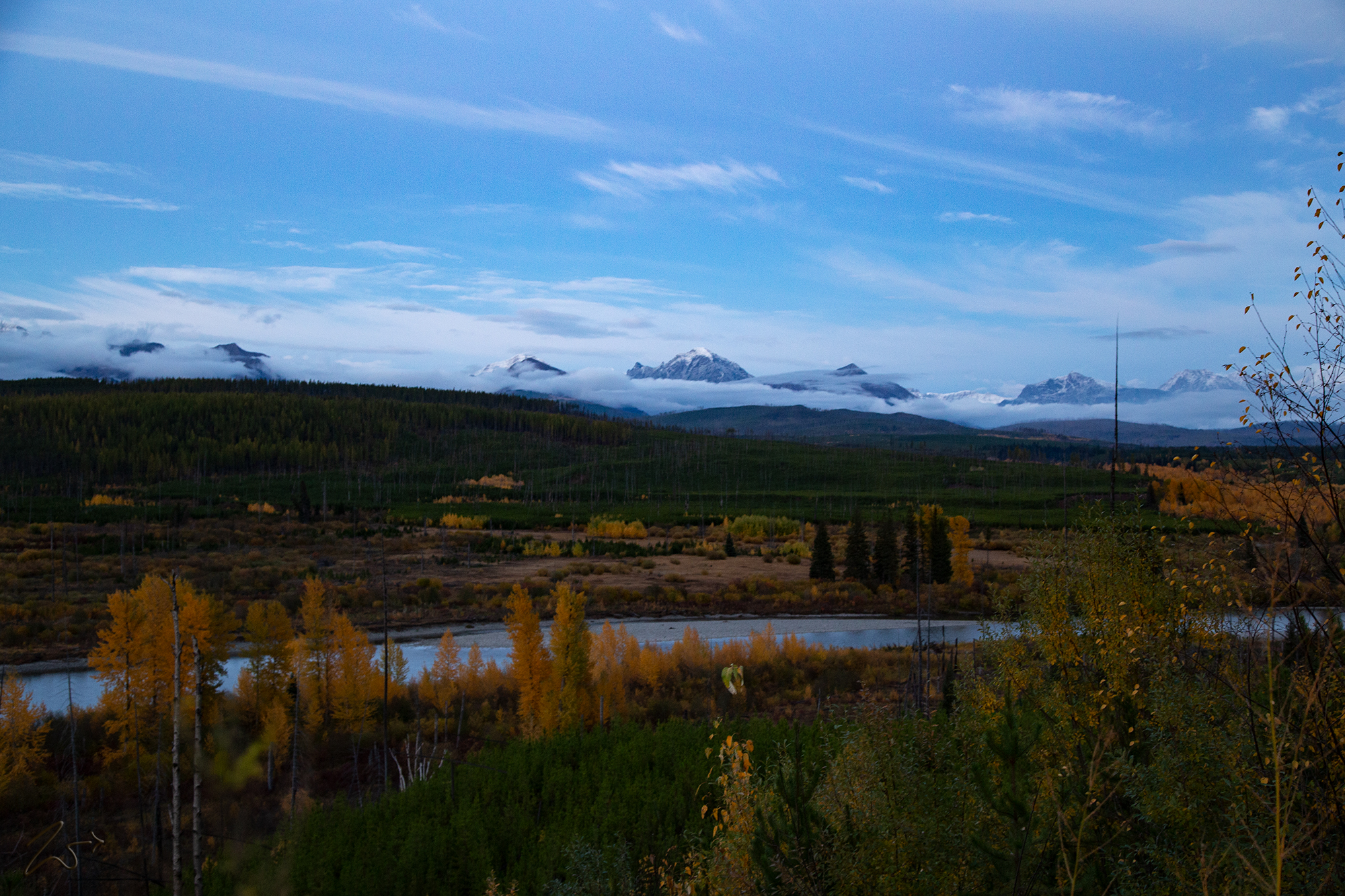
~Select arrow for location key~
Their footsteps echoed through time as they undertook a arduous trek, circumnavigating the formidable mountainscape through the South Kootenay Pass to the northeast. Their destination lay beyond the horizon, nestled amidst the expansive plains and prairies that unfolded on the eastern side of the Rocky Mountains.
Driven by a spirit of exploration and a quest for sustenance, they traversed this challenging terrain to engage in the timeless rituals of trade with neighboring tribes and pursue the elusive buffalo, a symbol of abundance and resilience in the vast wilderness. Their journey was not merely one of physical endurance but also a testament to their deep connection to the land and their enduring resilience in the face of adversity.
In each ripple of the river and every shadow cast by the towering peaks, their legacy endures, woven into the fabric of this landscape and etched into the collective memory of generations to come. Theirs was a journey of resilience, adaptability, and kinship with nature, echoing through the ages as a testament to the enduring spirit of humanity’s quest for connection and survival amidst the untamed wilderness.
~Select arrow for slide show~
